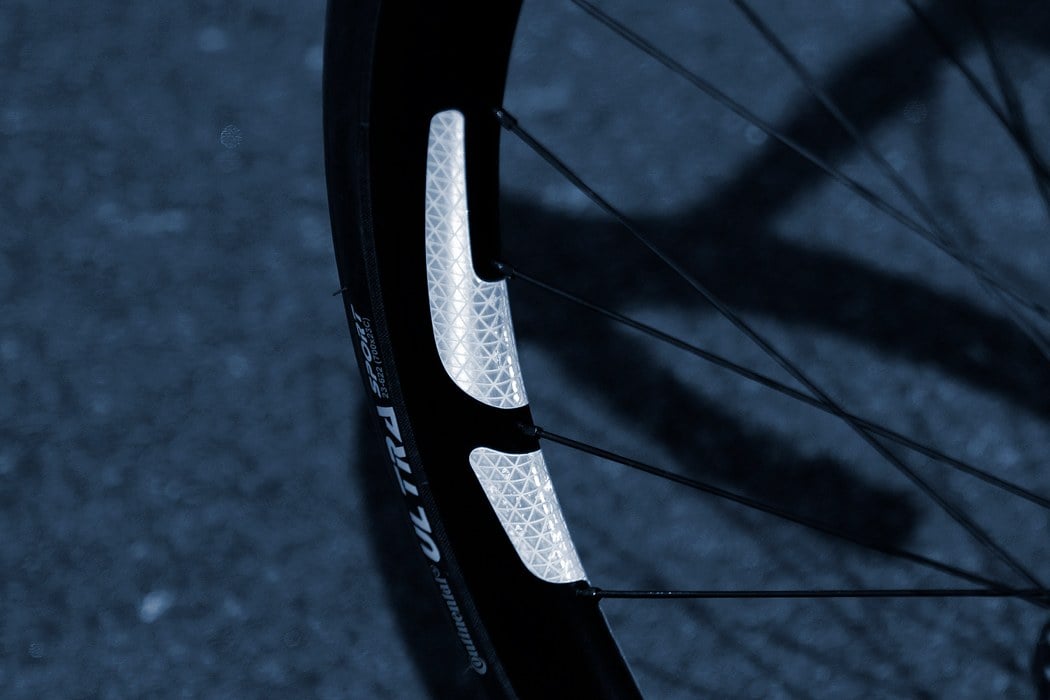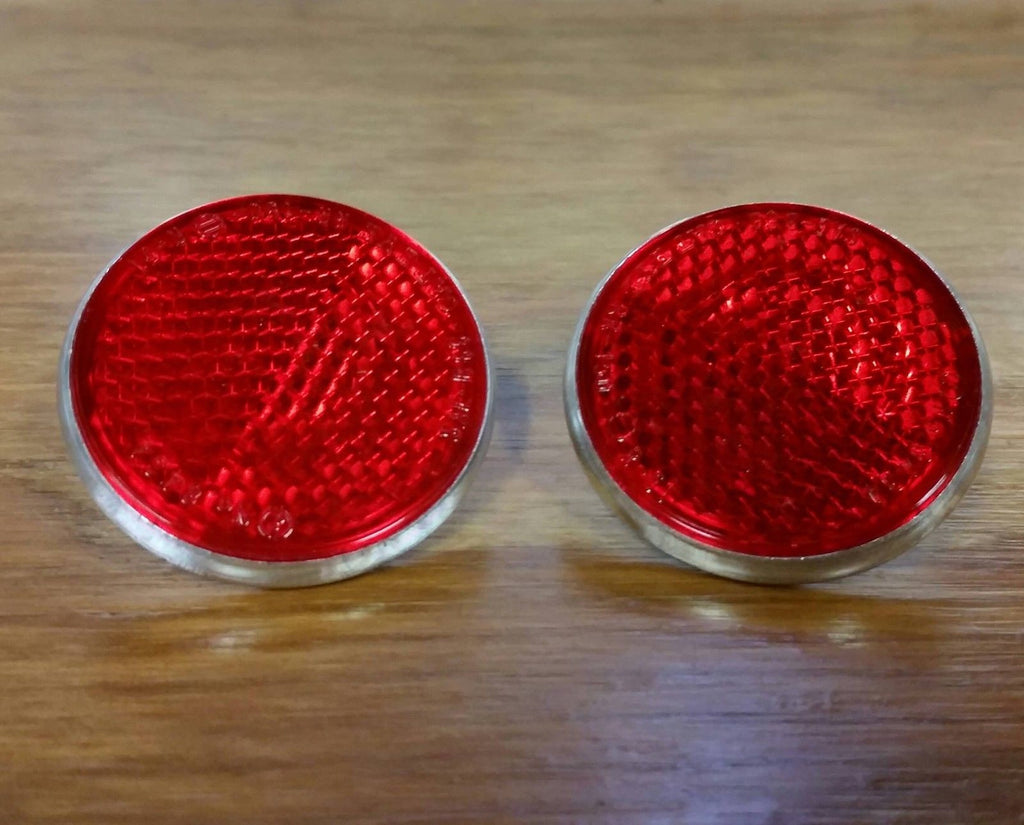

When do bike light laws apply?īike light laws in the UK apply between dawn and dusk. Because of this, it’s better to use a helmet light as an extra light rather than as your main light. Helmet lights also tend not to be as bright. The law says you can wear a light on your helmet, but it almost certainly will be too high from the ground to count as a legal front light. Your red rear reflector should also be visible from the rear, positioned either in the center or slightly to the right of the center, between 10in (25cm) and 35½in (90cm) from the ground. Your red light should be visible from the rear and positioned between 14in (35cm) and 4ft 11in (1.5m) from the ground. It’s usually easiest to attach your light to your handlebars. Your white light should be visible from the front, positioned either in the center or slightly to the right of the center, and no more than 4ft 11in (1.5m) from the ground.
BIKE REFLECTOR INSTALL
Where should you install your bike lights? The law also says that your lights need to be clean and working properly. There is no maximum brightness according to UK bike light laws but your lights must not dazzle other road users. Although wheel reflectors aren’t required by law, they can help with visibility. New bikes come with these reflectors and usually also have wheel reflectors and a white front reflector. To be legal they must only flash between 60 and 240 times a minute.Īs well as your lights, you also need a red rear reflector and amber pedal reflectors. Modern flashing lights will usually be at least 50 lumens. If you’re using flashing lights instead of steady beam lights, they need to emit at least four candela, which is roughly 48 lumens. Lights that don’t technically meet BS - but meet a safety standard that’s equivalent - are considered to be compliant. These are very strict standards in Germany, where a lot of bike lights are made. Strangely, most bike lights don’t meet these exact British Standards (BS), but many will be listed as meeting StVZO standards or marked with a K number instead. A fixed beam rear light should also meet the BS6102/3 or BS3648 standard. If you are using a fixed beam front light, then it needs to comply with a standard called BS6102/3.

In the UK the bike light laws are more detailed than in the US.

UK bike light laws What bike lights and reflectors do you need? Low visibility can include rain, fog, snow, dust clouds and more, so if in doubt, put your lights on. In the US, the bike light laws say you need to have the correct lights and reflectors in low visibility conditions, and between dusk and dawn. In some states they’re allowed, in some states they’re banned, and in some states they’re required. The bike light laws on flashing lights vary from state to state, so it’s worth checking your local laws on this point. Many helmet lights are flashing lights, and these are not permitted in some states, so check local bike light laws before buying a helmet light. While it’s not a legal requirement to have a rear light, only a reflector, it is a good way to help you be seen by other road users. Your red light or reflector should be attached to the back of your bike facing backwards. Your white light needs to be attached to the front of your bike facing forwards.


 0 kommentar(er)
0 kommentar(er)
